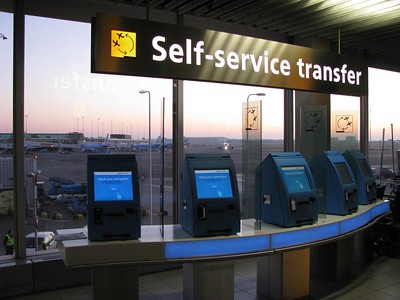California governor Gavin Newsom introduced a proposal that may help repair the community college transfer pipeline. Under Newsom’s “dual admission” plan, students could apply for admission to a community college and one of California’s state universities. The student would complete the first two years at a two-year institution, then transfer to a public university to complete a four-year degree.
Yesterday, I wrote about the pandemic’s impact on community college enrollment, and why universities may be inadvertently piling on. While community college enrollment is foundering, many universities have the opposite problem: an increase in applications. The universities’ decision to ditch the SAT/ACT requirement for admission may have eliminated a reason for students to attend a community college. Without a questionable standardized test score on their applications, students may find it somewhat easier to gain direct university admission.
Pushing the pause button on standardized college admissions tests may be a one-time accommodation of the pandemic. But there are benefits to both students and universities to removing an insurmountable barrier for some otherwise worthy students.
Newsom’s plan would strengthen the community college pipeline by encouraging closer coordination between community colleges and California universities. Under the plan, community college students in the program would have access to university libraries, counseling, and certain student services.
Making the community college transfer pipeline reliable
California already has an Associate Degree for Transfer program that enables community college students to earn transferable credits toward one of about 40 four-year majors. While the transfer program guarantees admission to a CSU or UC campus, it does not guarantee admission to a specific campus. Under Newsom’s program, a community college student would choose both their preferred community college and California university campus.
The existing transfer program has increased the community college transfer rate among California’s community colleges and universities. Newsom hopes to improve it even more. The plan isn’t a given, but it would be one way to lower the cost of a four-year education. If adopted by the California Assembly, the dual admission program would accept its first students in 2023. Critics say that many university campuses are already crowded and guaranteeing transfer spaces would reduce other transfer options. Currently, one-third of enrolled University of California students transferred from another institution.
Newsom’s plan – and even the Associate Degree for Transfer program – show that it is possible to fix the broken community college transfer pipeline. It also demonstrates that “student intention” to transfer does not often translate to student success. If “transfer to a four-year university” is going to remain a rationale for students to initially enroll in a community college, they need to do so knowing that they have some reasonable chance of succeeding. Otherwise, the community college transfer pipeline is more likely to prevent students from achieving their four-year degree ambitions.
Photo Credit: Alquiler de Coches , via Flickr














